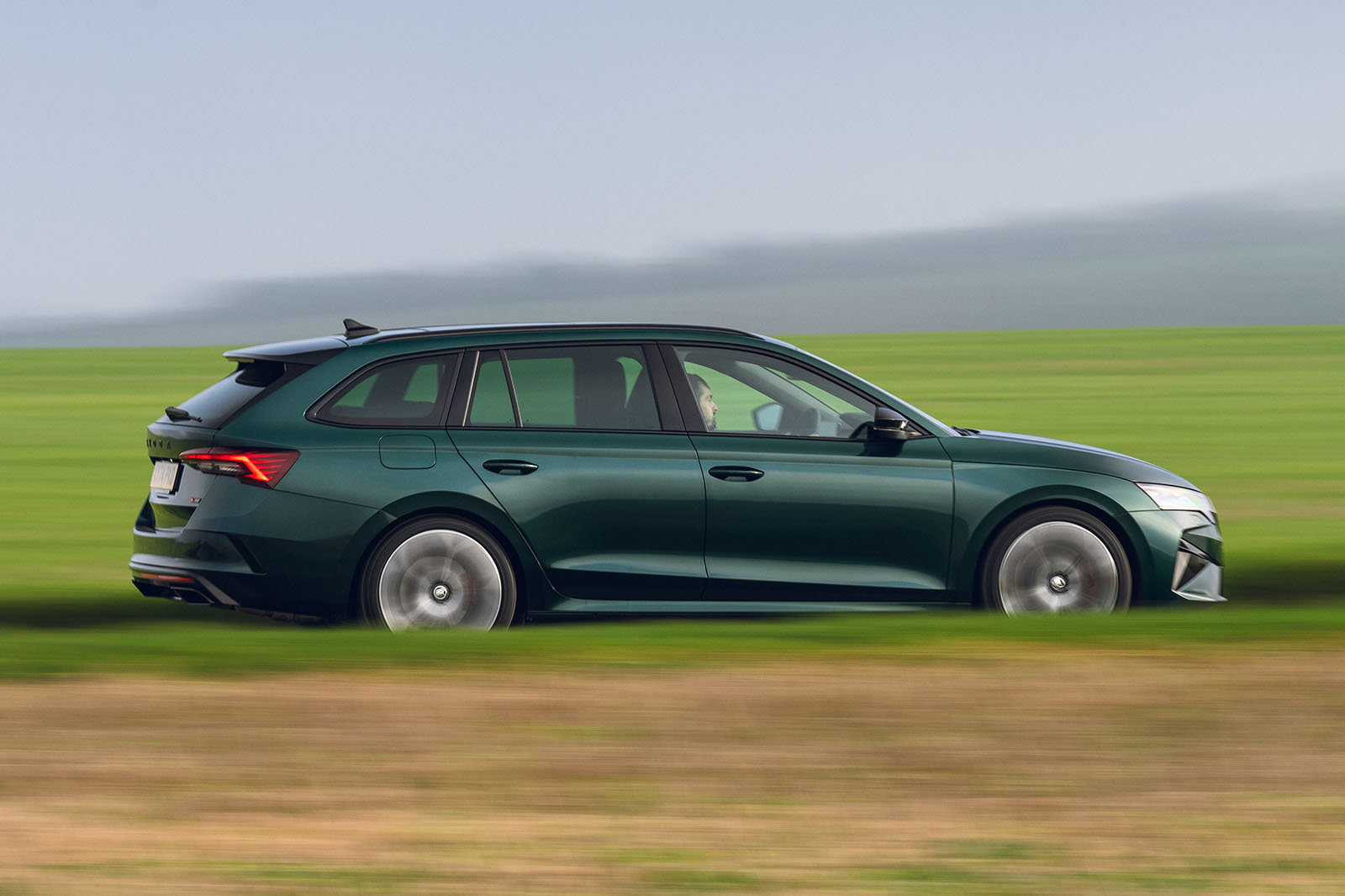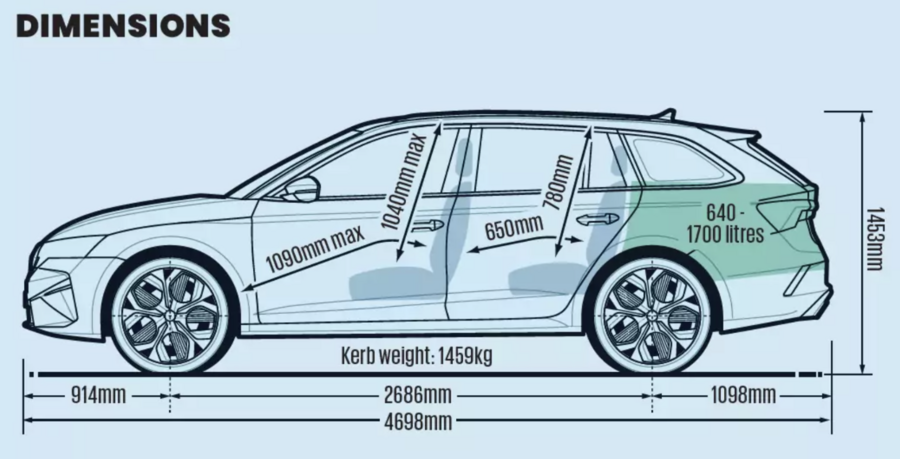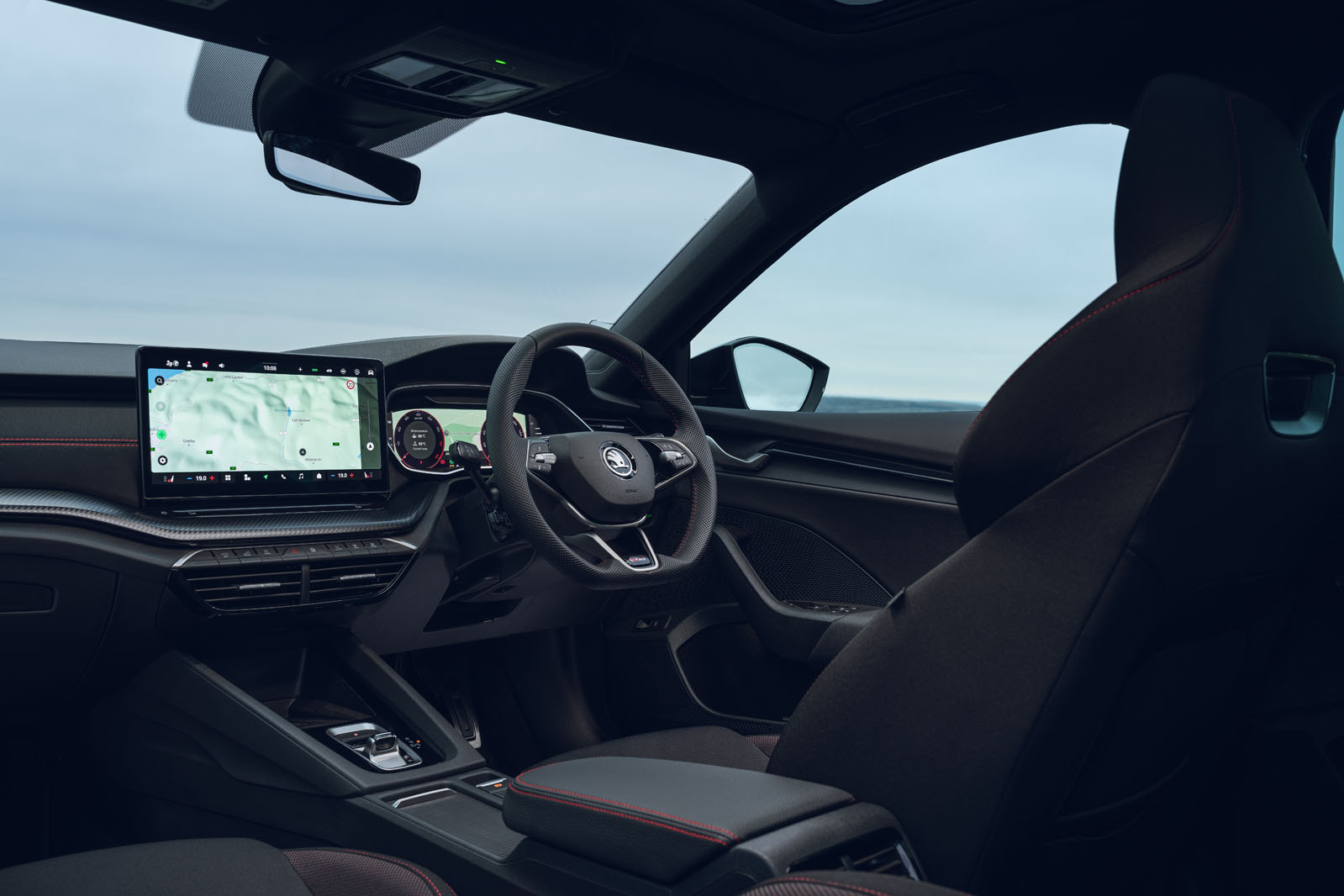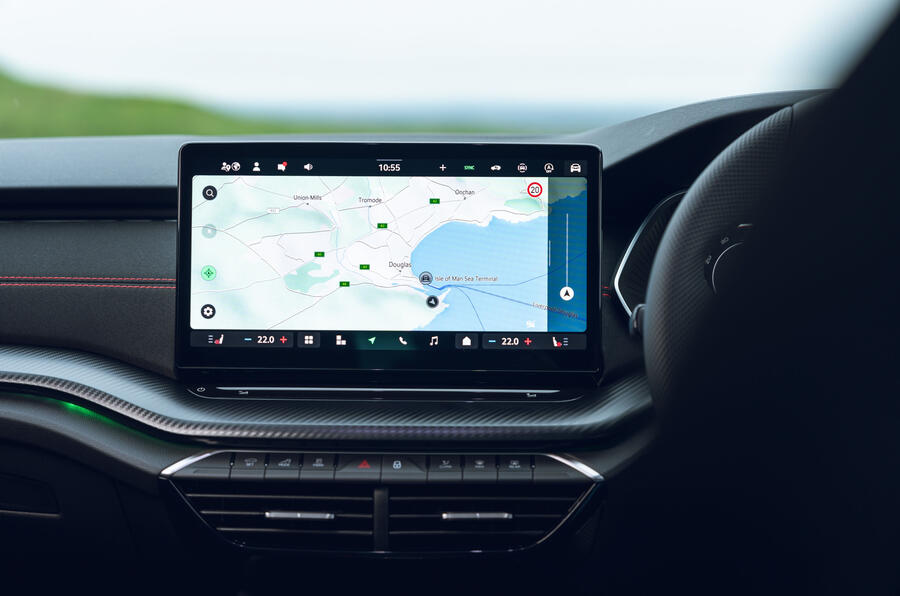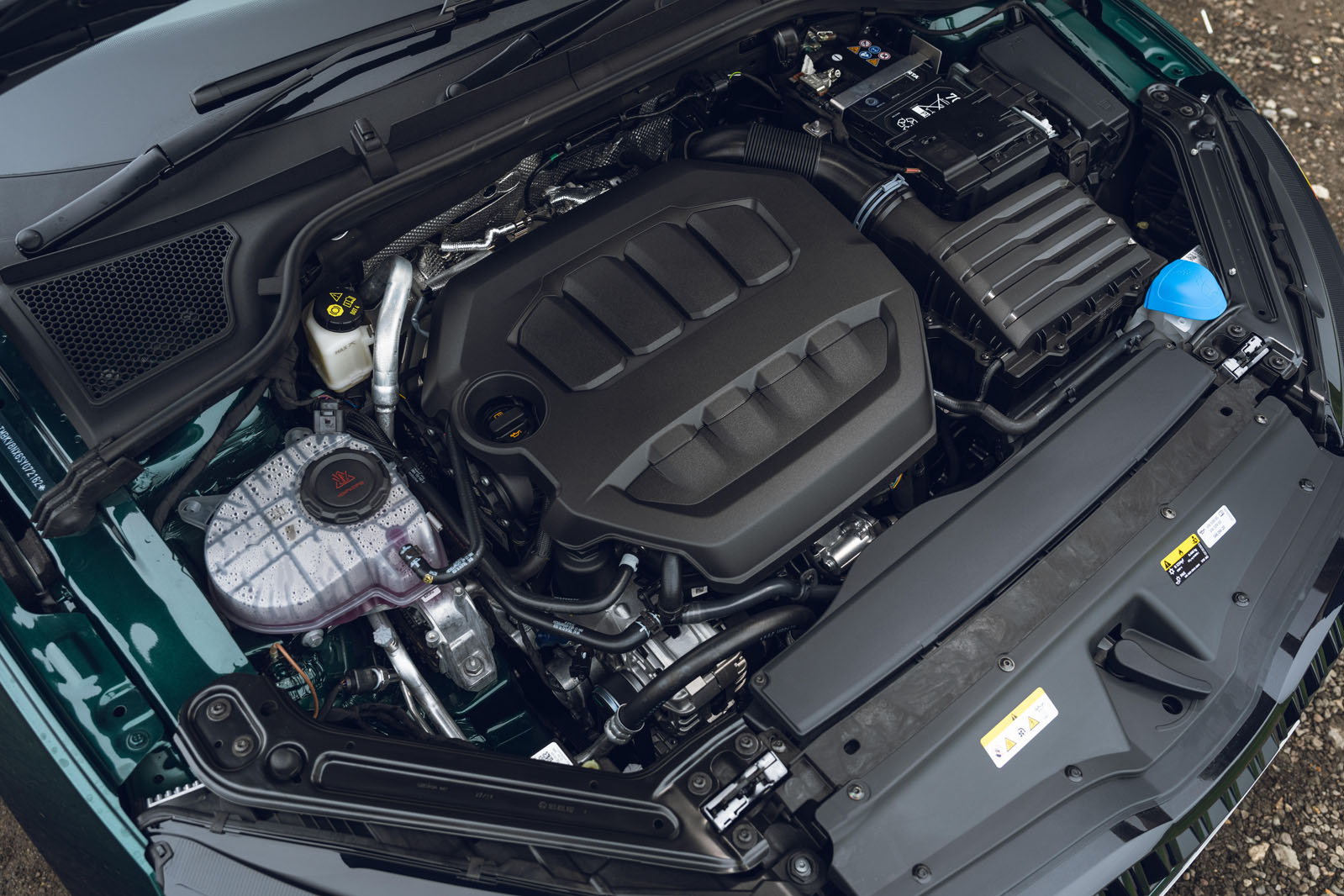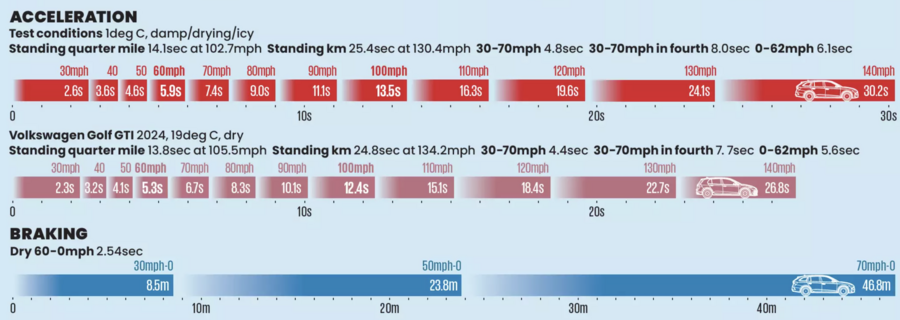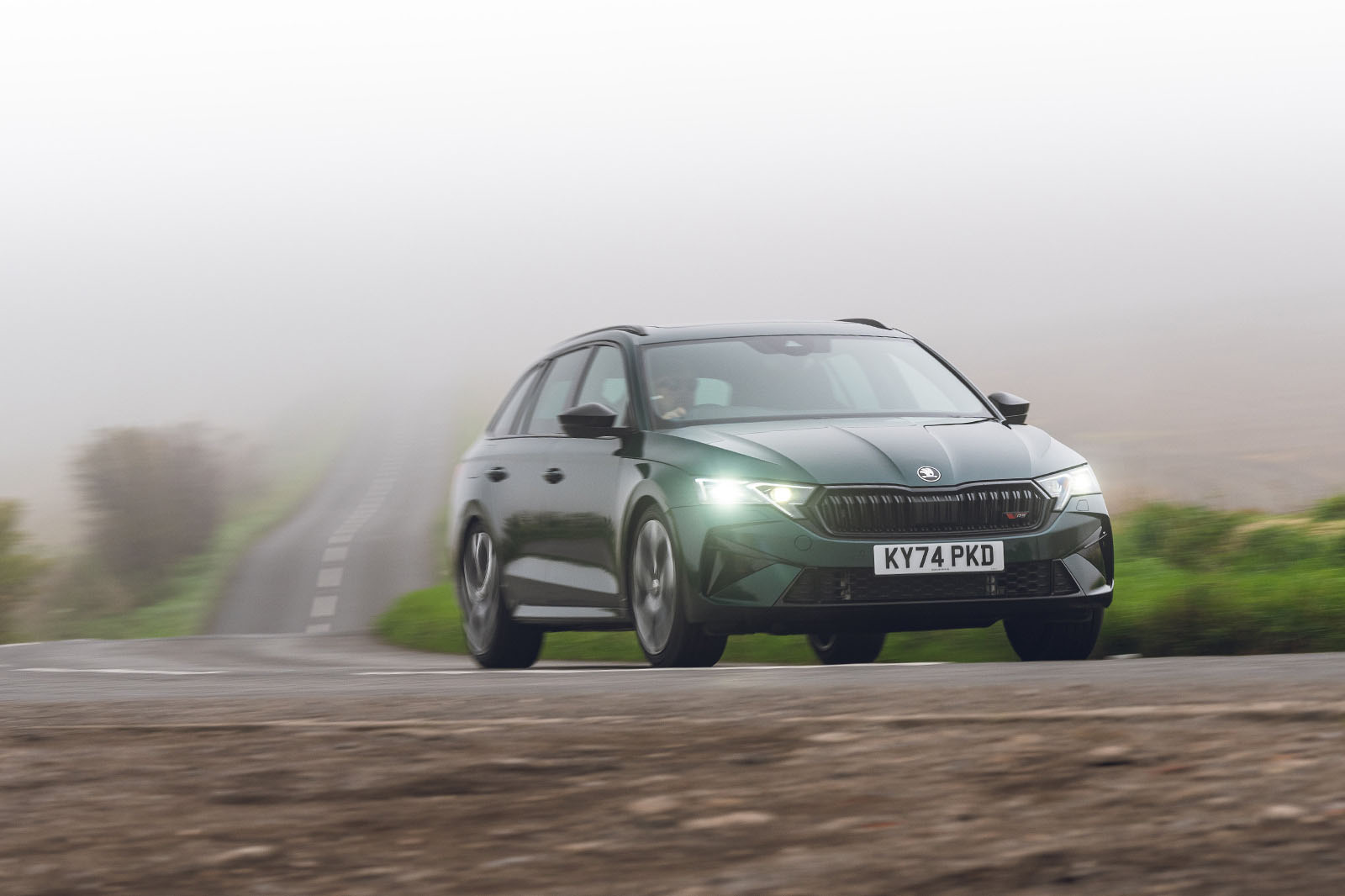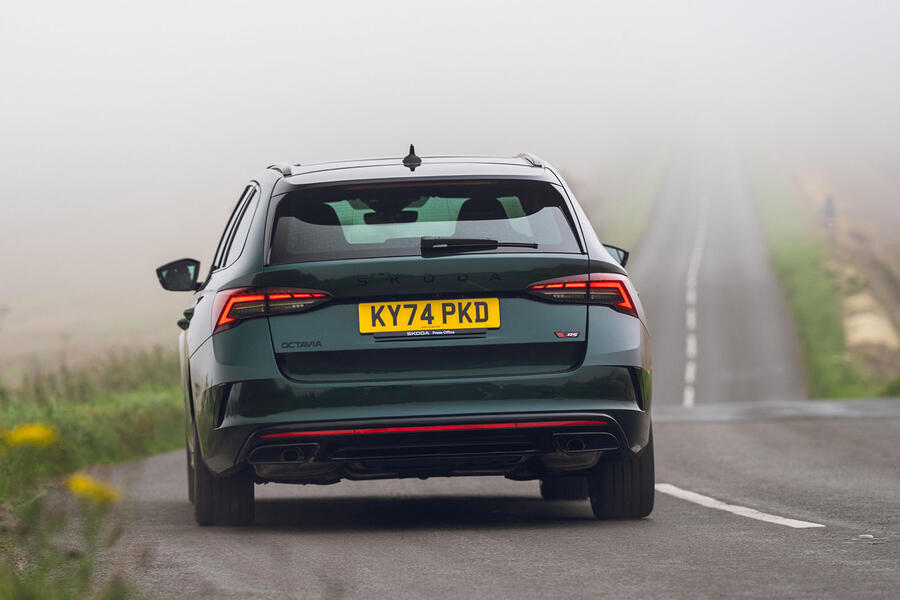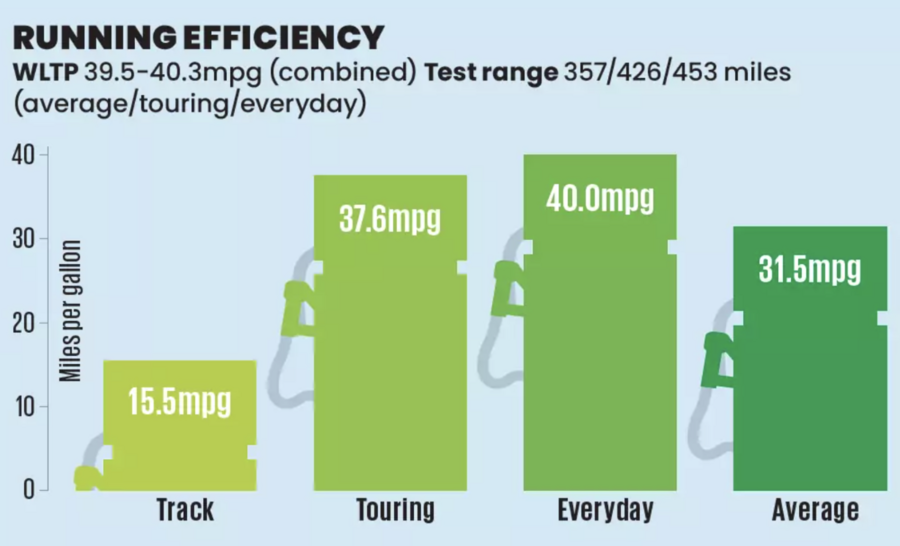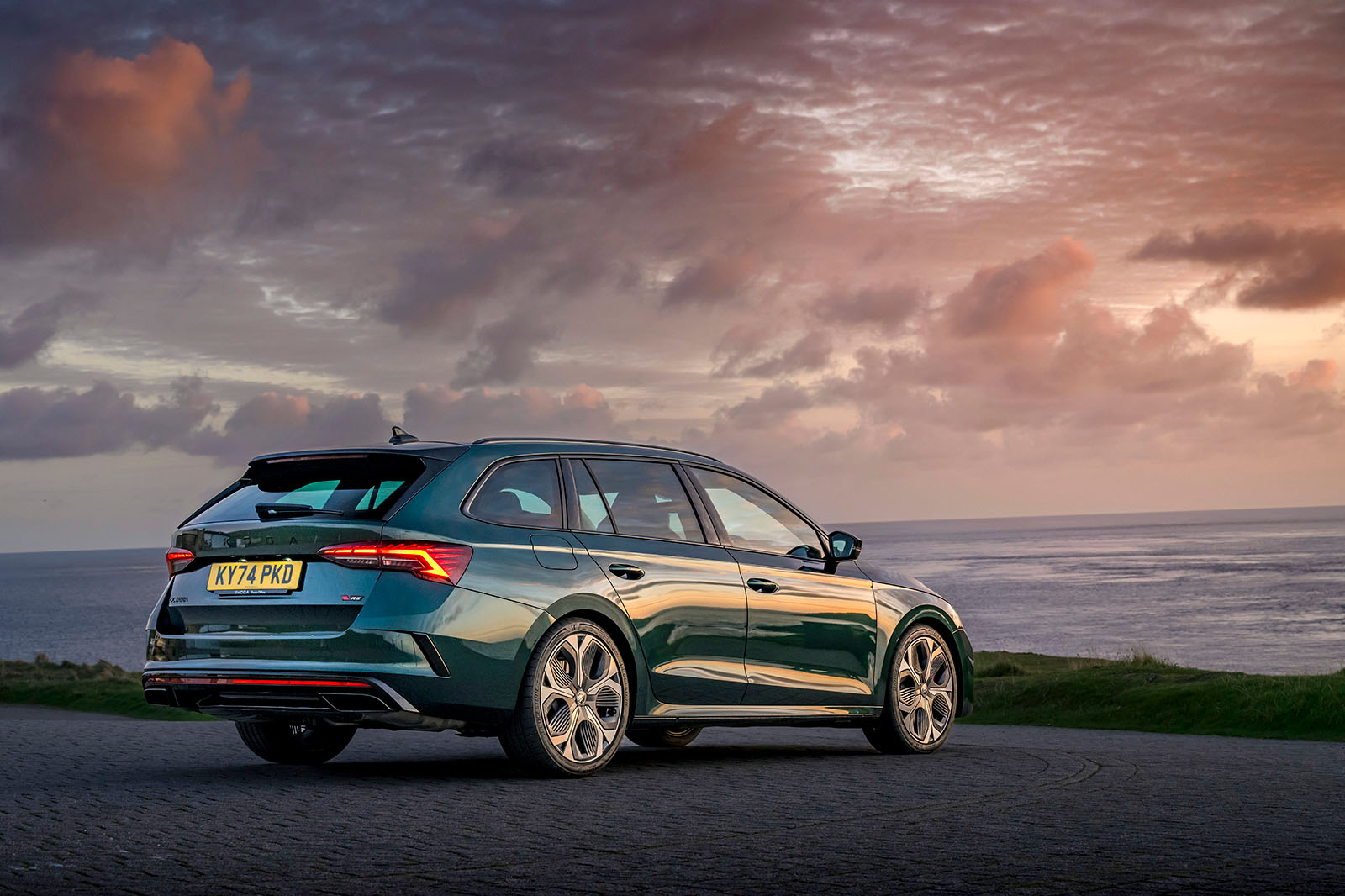The warmed-up, vRS-badged Skoda Octavia has been a stalwart of the ‘everyday performance’ landscape for more than two decades and during that time has been offered in several flavours, including diesel and, a little more surprisingly, plug-in hybrid.
It was the Mk4, surfacing in 2020, that introduced electrification, and it’s the Mk4 that has now been facelifted – at the same time streamlining the model’s engine range, leaving only a turbo petrol.
We have thus, in a sense, come full circle, only while in 2001 the Mk1 Octavia vRS used an Audi-designed 1.8-litre engine with 180bhp, its great-grandchild has a 2.0-litre unit from Volkswagen, rated at 261bhp. Apart from the 600bhp, factory-prepared machine that hit 228mph on the Bonneville Salt Flats in 2001, in the process securing a land speed record for a 2.0-litre forced-induction production(ish) car, this is the most powerful Octavia vRS there has officially been.
Indeed, that 261bhp is now a match for the close relation to which the Skoda has hitherto declared fealty in the form of less oomph, the Volkswagen Golf GTI. But no longer. That said, if you want, you can go more extreme with the VW, either in the guise of the 296bhp Golf GTI Clubsport or the even more powerful Golf R. With the Octavia, 261bhp through the front wheels alone is your lot.






















































